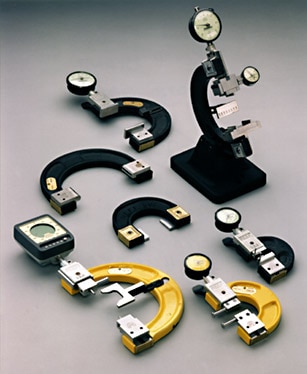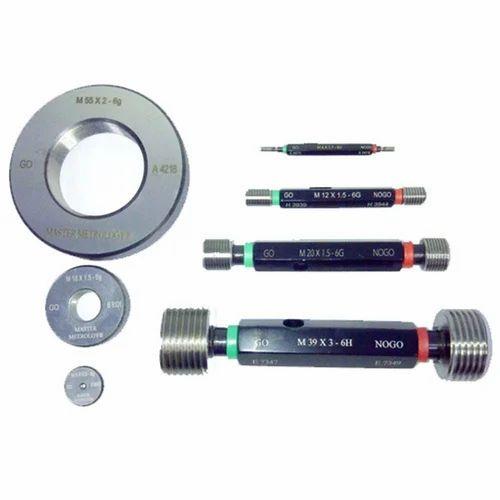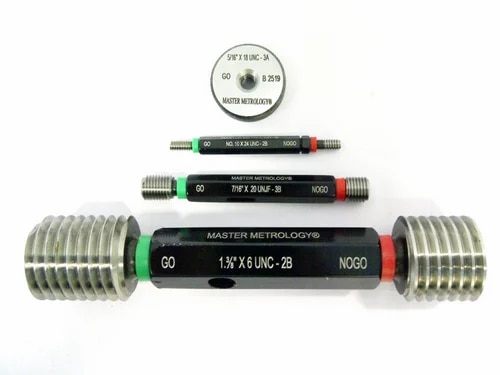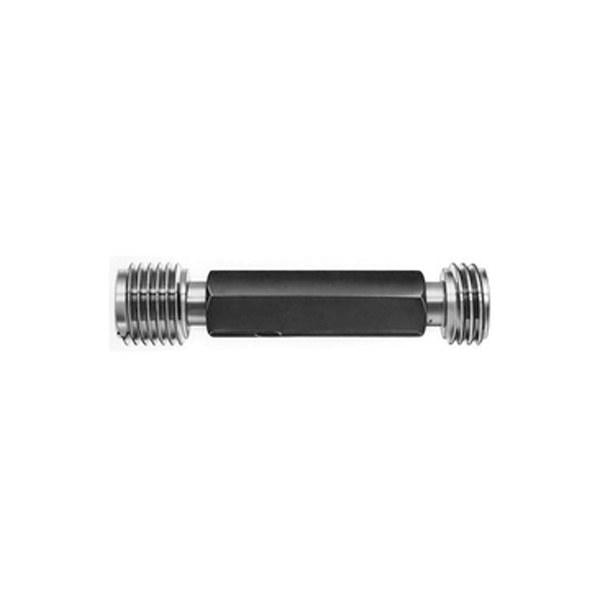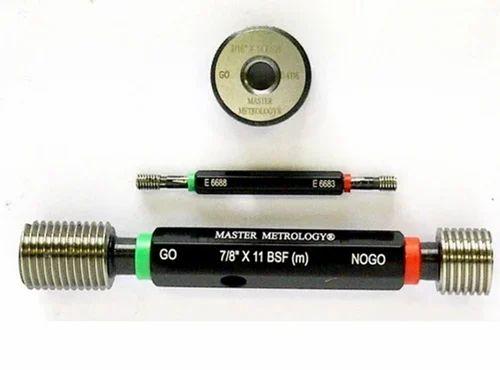Description
Product details
Snap Gauge and Gap Gauge are both types of limit gauges used in mechanical inspection to check dimensions of parts quickly and efficiently without requiring precise measurement. Here's a breakdown of each: 1. Snap Gauge: Purpose: Used to check the external dimensions (like the diameter or thickness) of a part. Structure: Has a "C" or "U"-shaped frame. Contains two pairs of jaws: Go jaw: Slightly larger, the part should pass through it. No-Go jaw: Slightly smaller, the part should not pass through. Use: You "snap" the part into the gauge. If it goes through the Go jaw and not through the No-Go, it's within tolerance. Common Use: Checking shaft diameters, rod thickness, etc. 2. Gap Gauge: Purpose: Used to check clearances or gaps between parts or inside features. Structure: Often flat, blade-like, or shaped for a specific application. May be a feeler-type or a fixed-thickness type. Use: Insert the gauge into the gap/space. If it fits, the gap is at least that big; if it doesn’t, the gap is smaller than the gauge. Common Use: Checking gaps in assemblies, spark plug gaps, valve clearances, etc.


